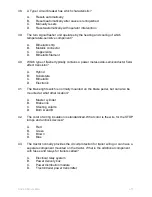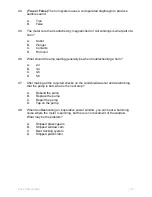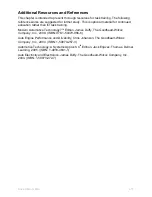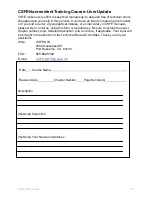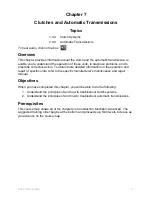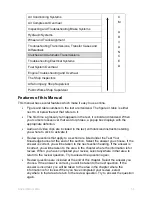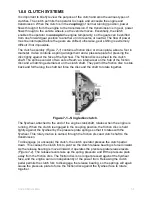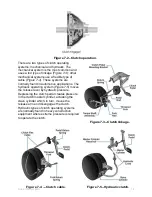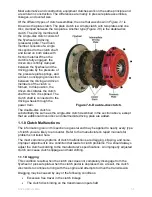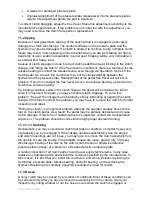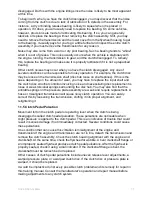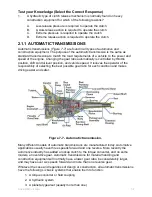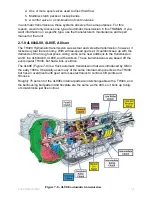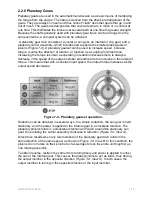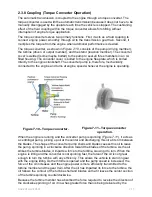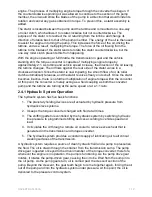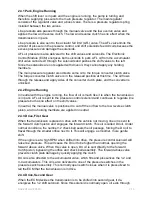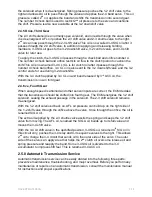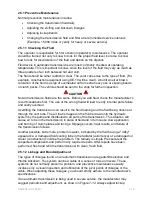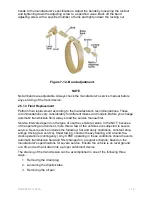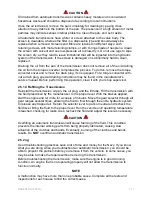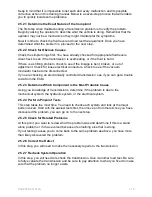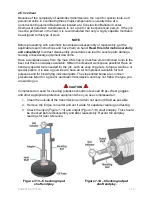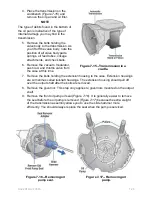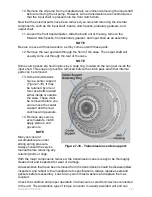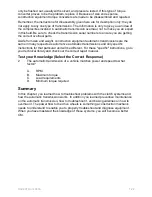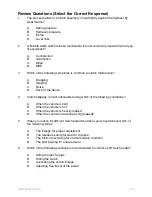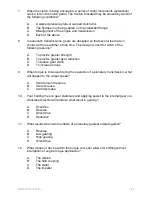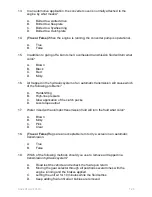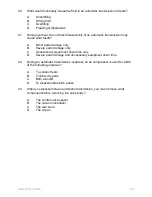
2.3.0 Coupling (Torque Converter Operation)
The automatic transmission is coupled to the engine through a torque converter. The
torque converter is used with the automatic transmission because it does not have to be
manually disengaged by the operator each time the vehicle is stopped. The cushioning
effect of the fluid coupling within the torque converter allows for shifting without
interruption of engine torque application.
The torque converter serves two primary functions. First, it acts as a fluid coupling to
connect engine power smoothly through oil to the transmission gear train. Second, it
multiplies the torque from the engine when additional performance is desired.
The torque converter, as shown in
Figure 7-10
, consists of the pump (driving member),
the turbine (driven or output member), and the stator (reaction member). The converter
cover is welded (some maybe bolted) to the pump to seal all three members in an oil-
filled housing. The converter cover is bolted to the engine flex-plate, which is bolted
directly to the engine crankshaft. The converter pump is, therefore, mechanically
connected to the engine and turns at engine speed whenever the engine is operating.
Figure 7-10 - Torque converter.
Figure 7-11 - Torque converter
operation.
When the engine is running and the converter pump is spinning (
Figure 7-11
), it acts as
a centrifugal pump, picking up oil at the center and discharging this oil at its rim between
the blades. The shape of the converter pump shells and blades causes this oil to leave
the pump, spinning in a clockwise direction toward the blades of the turbine. As the oil
strikes the turbine blades, it imparts a force to the turbine, causing it to turn. When the
engine is idling and the converter is not spinning fast, the force of the oil is not great
enough to turn the turbine with any efficiency. This allows the vehicle to stand in gear
with the engine idling. As the throttle is opened and the pump speed is increased, the
force of the oil increases and the engine power is more efficiently transmitted to the
turbine member and the gear train. After the oil has imparted its force to the turbine, the
oil follows the contour of the turbine shell and blades so that it leaves the center section
of the turbine spinning counterclockwise.
Because the turbine member has absorbed the force required to reverse the direction of
the clockwise spinning of oil, it now has greater force than is being delivered by the
NAVEDTRA 14050A
7-11

